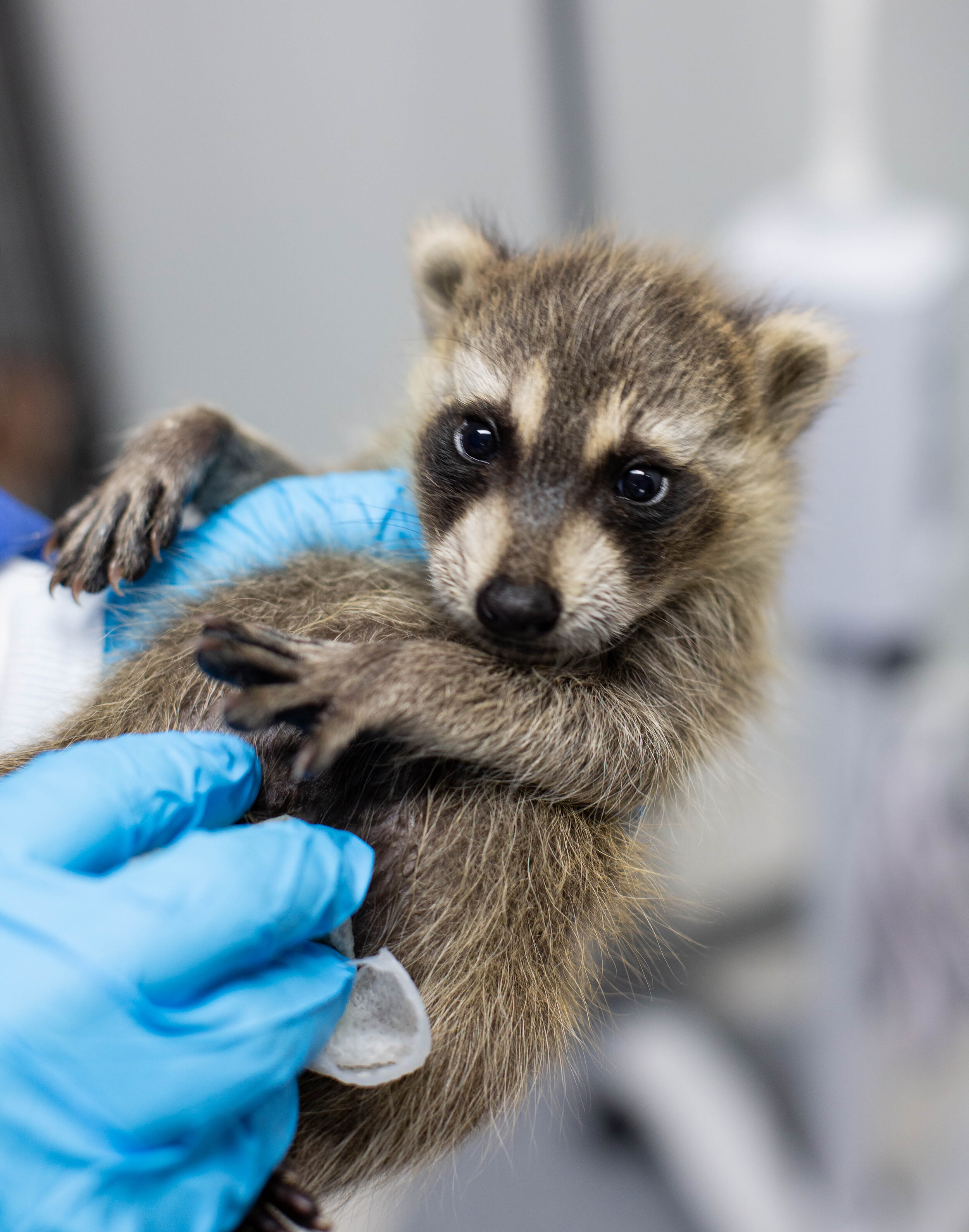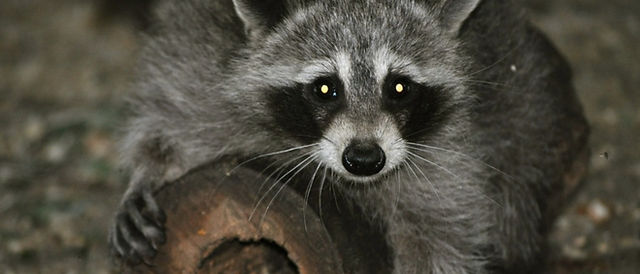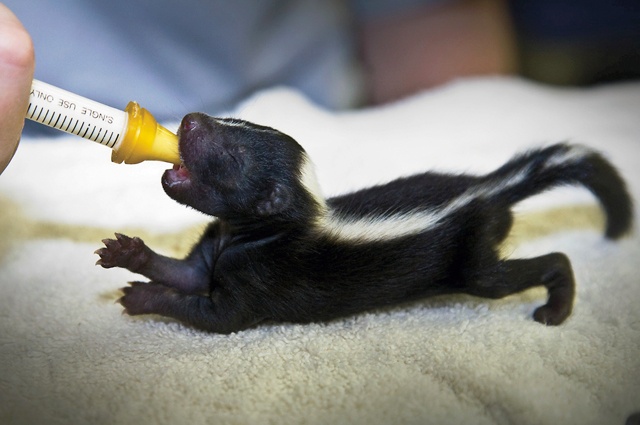The Relevance of Burlington Animal Control for Community Health and Safety
Effective Wild Animals Removal Approaches for a Peaceful Home Setting
In the pursuit of keeping a serene living space, property owners usually face the challenge of wildlife intrusions, which can disrupt the harmony of their environment. Executing effective wild animals elimination techniques needs a nuanced understanding of both humane exemption techniques and preventative procedures.
Identifying Common Wild Animals Intruders
Determining usual wild animals trespassers is a crucial primary step in effective wildlife administration. Recognizing the details types that frequently penetrate domestic and business spaces enables property owners and wild animals professionals to execute targeted approaches for minimizing prospective damage and health and wellness threats. Usual intruders commonly consist of raccoons, squirrels, bats, and numerous species of birds and rodents, each bringing unique obstacles.
Raccoons, as an example, are recognized for their dexterity and can trigger considerable structural damages while looking for food or shelter. Squirrels, with their propensity for gnawing, can damage electrical wiring, posing fire risks. Bats, while advantageous for controlling insect populations, can become a problem when they roost in attic rooms, potentially spreading conditions such as histoplasmosis. Birds, including sparrows and pigeons, typically produce unsanitary problems with their droppings, bring about architectural deterioration and health and wellness concerns. Rats, such as rats and computer mice, are well-known for their quick recreation and capacity to penetrate tiny openings, presenting significant wellness threats due to their capability to spread illness.
Humane Exemption Techniques
Understanding the typical wild animals trespassers is the foundation whereupon reliable exclusion strategies are constructed. Recognizing types such as raccoons, squirrels, and birds aids in creating humane exclusion techniques customized to particular habits and entry approaches. Exemption is a preventative approach targeted at rejecting wildlife accessibility to homes and residential or commercial properties, thus minimizing the demand for even more intrusive actions.
The foundation of gentle exemption includes securing possible entry points. This consists of fixing holes in roofs, structures, and wall surfaces, along with mounting chimney caps and vent covers. For smaller sized invaders like bats and computer mice, using materials such as steel wool and caulk to seal voids is important. In addition, guaranteeing that doors and home windows are safe, which screens are intact, can even more prevent entry.
Setting up motion-activated lights or ultrasonic tools can inhibit nighttime wildlife. These exclusion methods not just secure the home environment yet likewise respect the wildlife, permitting them to prosper in their all-natural environments without harm.
Safe Capturing Methods
When exclusion methods want, secure capturing techniques come to be a necessary recourse in wildlife monitoring. Capturing, when performed correctly, supplies a humane and efficient methods of addressing an instant wild animals problem while guaranteeing minimal stress and injury to the animal. This technique calls for an understanding of both the habits of the target species and the honest considerations entailed in wild animals handling.
The very first step in risk-free trapping entails selecting the proper catch type. Live catches, such as cage catches, are generally advised as they allow for the capture and launch of the pet in other places. These catches need to be inspected often to avoid unnecessary tension or injury to the caught wild animals. It is essential to comply with regional guidelines relating to trapping and relocation to guarantee conformity with lawful criteria and wildlife preservation concepts. burlington animal control.
Furthermore, bait option and placement are vital parts in making certain effective capturing. Lure ought to be picked based upon the dietary preferences of the target varieties and tactically placed to lure the pet right into the catch. As soon as entraped, the pet must be taken care of with treatment, making use of safety equipment if essential, to facilitate risk-free transportation and release, thereby maintaining a serene home and a balanced ecosystem environment.
Preventive Home Alterations
While risk-free trapping methods address immediate wildlife issues, long-lasting options usually require preventative home modifications to hinder pets from going into human spaces. Implementing these alterations not just boosts the safety and security and comfort of your living setting but additionally reduces the probability of future wild animals invasions.
An essential facet of preventative approaches is sealing potential access factors. This entails inspecting and repairing any type of spaces or fractures in the structure, walls, and roofing system, as these can come to be accessibility routes for wildlife. Mounting smokeshaft caps and repairing damaged vents can avoid birds, bats, and rodents from obtaining entry. Protecting doors and home windows with climate stripping and mesh screens includes an extra layer of security.
Landscaping adjustments can also function as effective deterrents. Trimming tree branches that overhang the roofing system and eliminating debris stacks can eliminate routes and environments that draw in wild animals. Maintaining a tidy backyard by protecting garbage can and compost heap discourages scavengers such as marsupials and raccoons.

## When to Call Experts
Specialist treatment becomes vital in scenarios where wild animals issues go beyond the scope of DIY solutions. Property owners may encounter situations where the complexity or danger of the wild animals issue necessitates expert proficiency.
In addition, infestations involving safeguarded or endangered types call for a nuanced technique to adhere to legal policies. Specialists are outfitted with the essential licenses and recognize the lawful structures governing the handling of such types. This guarantees that elimination is carried out fairly and within lawful limits.

Lastly, when wildlife postures a persistent trouble regardless of repeated do it yourself initiatives, expert services can use extensive examination and long-lasting services customized to avoid reappearance - burlington animal control. Their proficiency not only deals with the immediate concern however likewise safeguards the home atmosphere in the future
Final Thought
Executing effective wildlife removal strategies is crucial for maintaining a tranquil home atmosphere. Identifying typical wild animals intruders and employing humane exclusion strategies are foundational steps. Safe trapping methods ensure the humane capture of relentless pets, while preventative browse around this site home alterations, such as sealing entry see this points and safeguarding trash can, minimize future breaches. Consulting specialists is advisable for intricate scenarios that need experience. Together, these techniques develop an unified space totally free from wildlife disruptions.

These exemption methods not just secure the home atmosphere yet also appreciate the wild animals, allowing them to flourish in their all-natural environments without harm.
Carrying out effective wildlife elimination techniques is necessary for maintaining a tranquil home atmosphere.